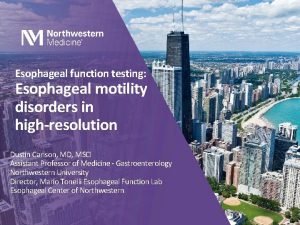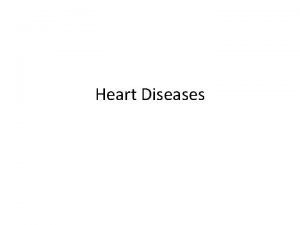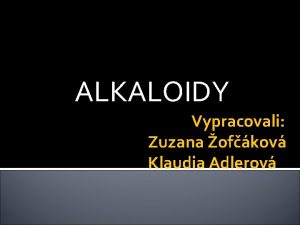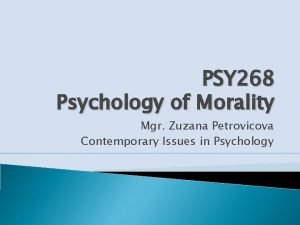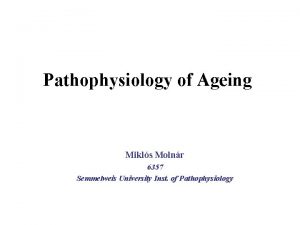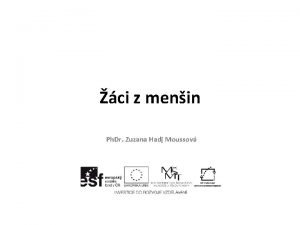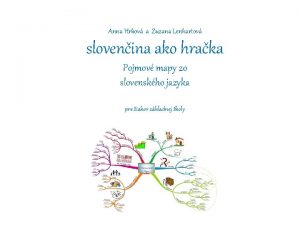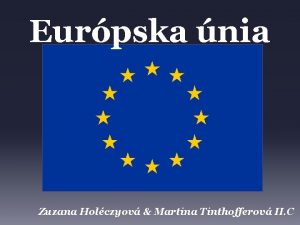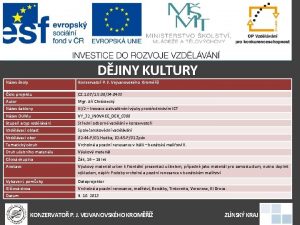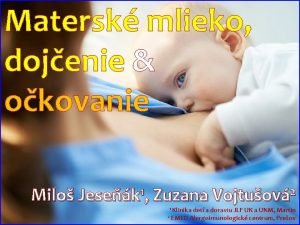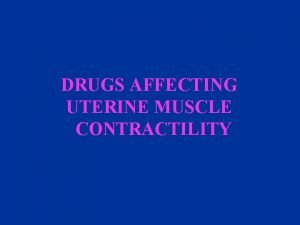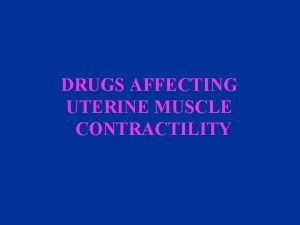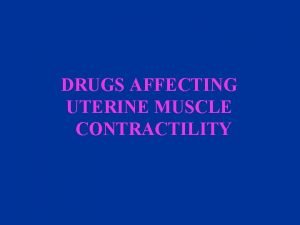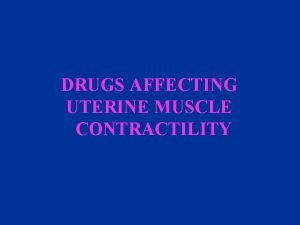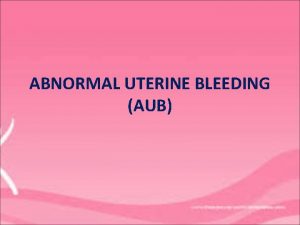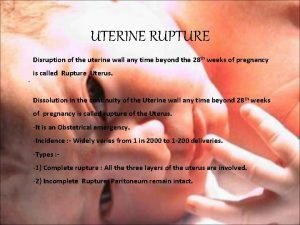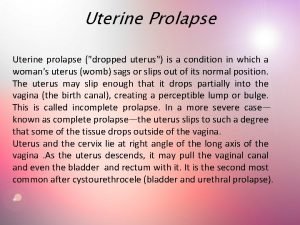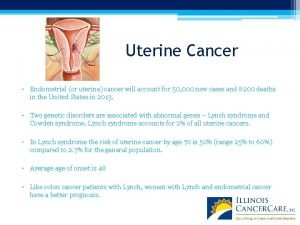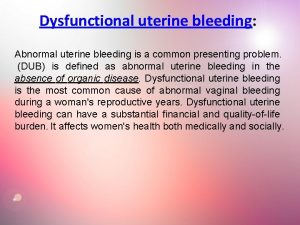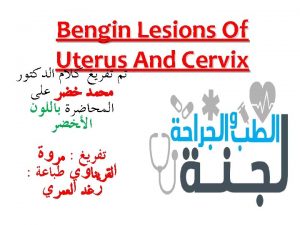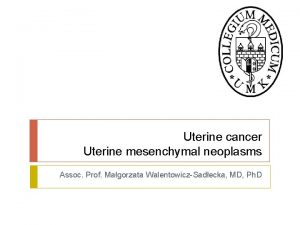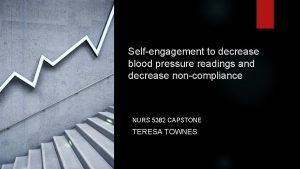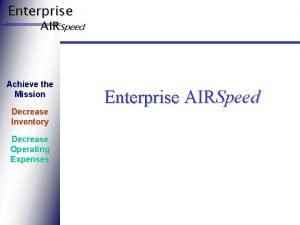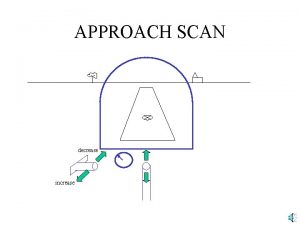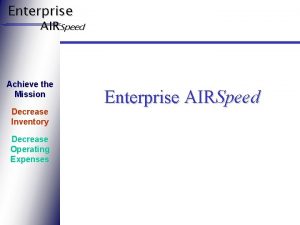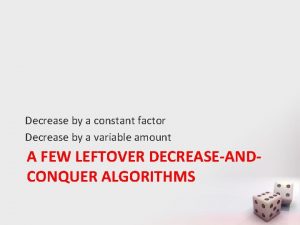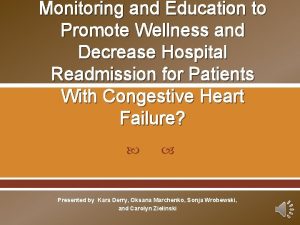Zuzana Chmtalov Gestagens Decrease uterine contractility and promote






























- Slides: 30

Zuzana Chmátalová


Gestagens: Decrease uterine contractility and promote the development of lobulo-alveolar syst. The need of cholesterol intake Estrogens: Estriol dominates Potentiation of proliferative processes, water retention and elasticity of the symphysis Block the binding of prolactin to the receptor

� Human chorionic gonadotropin (h. CG): � Glycoprotein maintaining the corpus luteum � Peak production in the middle of the first trimester � It stimulates the production of testosterone in male fetuses � Placental lactogen (h. CS) � Chorionic somatomammotropin / pl. growth hormone � Mobilization of free MK from mother´s fat stores � Increases peripheral mothers tissue resistance to insulin � Relaxin � Inhibition of myometrial contractions � Angiogenic and vasodilatory effect on � blood vessels Gn. RH, TRH, CRH, ACTH, somatostatin, dopamine, endorphins

� Metabolic demandes Increase in BMR Interindividual defferences (210 - 570 kcal/den ) Necessity of a balanced varied diet, quality proteins, vitamins, minerals, calcium. . . � Increase in: � oxygen consumption, minute ventilation, tidal volume. . . � heart rate and stroke volume � glomerular filtration rate, creatinin clearance � Changes in concentration of hemocoagulation cascade mediators

� „baby blues“ or „blues“ Occurrence in 50 -75 % of woman � Early onset after parturition � Depression, sadness, tearfulness. . . � � Postpartum depression Occurence in 10 -13 % of woman � Depression, insomnia, lack of appetite. . . � Lasts 14 days at least � Necessity of medication � � Postpartum psychosis Occurence in 0, 2 % of woman � Early and rapid onset � Depression, isolation, confusion, catatonia, hallucinations, self-harm, inability to take care of yourself and baby. . . � Necessity of medication �

ABO system incompatibility is present in a one-third of pregnancies Hemolysis does not lead to severe fetal anemia Dangerous in case of persisting antibodies Partial protection against sensitization in Rh incompatibility system Rh-mother and Rh + fetus Anti-D penetrate the placenta Hemolytic disease of the newborn

Smoking Low birth weight Possibility of intrauterine growth retardation Spontaneous abortion Premature birth, stillbirth Sudden Infant Death Syndrome Alcohol use Spontaneous abortion, growth retardation, low birth weight Decreased Apgar score Lower IQ, hyperactivity, learning disability Fetal alcohol syndrome

Eating disorders Premature birth, cesarean section Low birth weight, smaller head circumference Risks associated with the disease Increased occurrence of PP depression Obesity GDM Preeclampsia Premature birth, stillbirth Obstetric complications (induction of labor, dystocia, cesarean section) Macrosomia

Glandular, adipose and connective tissue Myoepithelial cells are surrounded by secretory cells Progesterone: alveoli Estrogens: collecting system Prolactin: milk production Oxytocin: the release of milk Ejection reflex ("let-down" reflex)

For mother � Smaller postpartum blood loss � Lower incidence of Amenia � For child � Protection against diarrhea, infections and otitis DC Protection against breast cancer, ovarian cancer and osteoporosis � Lower risk of obesity, diabetes, allergies � Contraceptive effect � Stronger bones in adulthood and old age � Supporting motherliness � Mental development � Returns figures


� „ectopic secretion“ � Syndromes neoplasms of hormone overproduction in most � Production of peptide hormones � 1, 25(OH)2 D 3 is exception � Products mainly of tumors are qualitatively different from the products of endocrine glands � Production is not supressible � Reduced biological activity � Homologue of hormones

� The most common paraneoplastic endocrine syndrome � Very common in patients with lung cancer and multiple myeloma � Rare in GIT adenocarcinoma or sarcoma � Indicates advanced tumors with poor prognosis � Excessive bone resorption induced by mediators of tumor � Production of different factors increasing kalcemia and the participation of prostaglandin E � The possible contribution of reduced renal excretion

Solid tumors Characteristic Hypophosphatemia and nephrogenic c. AMP The hypercalcemic syndrome production of PTH-like proteins Multiple Myeloma Cytokines locally produced by myeloma cells TNF-β, IL-1

� Carcinoma duodenum � Water of the lung, prostate and intoxication and hyponatremia � Synthesis of molecules similar to ADH, oxytocin and neurophysins � Pituitary production remains intact � Weakness, somnolence, convulsions, coma. . .

� The most common in patients with lung cancer � Tumors contains proopiomelanocortin � Different processing �Larger molecule �Lesser biological activity � Elevated cortisol concentrations without the characteristic clinical symptoms

� Growth-hormone-releasing growth hormone � Gonadotropins �h. CG and glycoprotein hormones - tumors of the lung, breast, GIT, ovary � Calcitonin � Erythropoetin � Renin hormone and


� Smooth, � ATP is exclusive source of energy � Skeletal � Type I (slow-twitch) IIb (fast-twitch) Rich in glycogen Prone to fatigue � Type muscles: type I and IIb Mitochondria and myoglobin Oxidative phosphorylation � Type skeletal and cardiac muscles IIa Fast-oxidative glycolytic fibers

� ATP �Creatine phosphate (CP) �Glycogen �Free fatty acids (FFA) �Ketones �Amino acids (AA) Alanine, aspartate, glutamate, ¨valine, leucine, isoleucine

� CP donates a phosphate to ADP to generate ATP � CP is small reservoir of high-energy phosphate � Glycolysis �Aerobic �Anaerobic � Oxidative phosphorylation

At the onset of the exercise Demand for ATP increases Conversion of glycogen to lactate In the type IIb fibres Low oxidative capacity Main source of ATP in these muscle fibres During strenuous activity ATP demand exceeds the oxidative capacity of the tissue

� Maximal � AMP mitochondrial metabolism starts to accumulate � Activation of phosphofructokinase-1 and glycogenolysis Additional ATP from anaerobic glycolysis � Glycolysis � Lactate continues is used by resting muscles or by the heart or can be transported to the liver

� Low lactate production � Blood glucose as a fuel � Glycogenolysis and gluconeogenesis � Influence of hormonal changes � FFA as a source of ATP � mainly skeletal muscle type I � Branched-chain � The AA as a source of ATP purine nucleotide cycle, acetate

Availibility of FFA in the blood Inhibition of glycolysis by products of FFA oxidation Reduced glucose transport during long-term exercise

ATP, CP, anaerobic glycolysis glucosis from glycogen anaerobic and aerobic glycolysis

aerobic glycolysis lipolysis aerobic glycolysis beta oxidation participation of AA and gluconeogenesis

Increased muscle glycogen stores Increasd number and size of mitochondria Increased protein synthesis in muscles and reduced protein turnover Improved strenth, power and endurance of muscle performance

 Chicago classification manometry
Chicago classification manometry Decreased contractility
Decreased contractility Quantity supplied vs supply
Quantity supplied vs supply Zuzana vallova
Zuzana vallova Zuzana žofčáková
Zuzana žofčáková Zuzana sokolova
Zuzana sokolova Timi.wbl.sk
Timi.wbl.sk Zuzana petrovicova
Zuzana petrovicova Molnr
Molnr Gibov
Gibov Zuzana kalivodova
Zuzana kalivodova Zuzana 1330
Zuzana 1330 Zuzana solivar
Zuzana solivar Zuzana menin
Zuzana menin Vetné členy pojmová mapa
Vetné členy pojmová mapa Zuzana bohrerova
Zuzana bohrerova Zuzana halkova
Zuzana halkova Zuzana zelinska
Zuzana zelinska Krlk
Krlk Zuzana holéczyová
Zuzana holéczyová Zuzana a starci tintoretto
Zuzana a starci tintoretto Zuzana zilincikova vek
Zuzana zilincikova vek Pády podstatných mien
Pády podstatných mien Zuzana vojtusova
Zuzana vojtusova Zuzana dubovska
Zuzana dubovska Zuzana mikloskova
Zuzana mikloskova Zuzana kukelova
Zuzana kukelova Zuzana holeczyova
Zuzana holeczyova Implement tasks that promote reasoning and problem solving
Implement tasks that promote reasoning and problem solving Eating together class 4 evs worksheet
Eating together class 4 evs worksheet To promote personal growth and leadership fccla
To promote personal growth and leadership fccla
